Riding Through Sweden: How Sigr Gear Supported Lauren Bartsch’s Record-Breaking Sverigetempot
Breaking Records and Facing the Elements: An Interview with Lauren Bartsch on Conquering the Sverigetempot
A friend of ours, Lauren Bartsch recently set a new women's record at the Sverigetempot, a demanding 2100-kilometer randonnée race that spans the length of Sweden. Her journey was marked by both meticulous preparation and unexpected challenges. Luckily Sigr was allowed to accompany her in the form of various pieces of cycling apparel that she decided to use during the epic race. We spoke with Lauren to gain insight into her experience, her strategies, and the moments that made this race truly unforgettable. Throughout the race, Lauren's Sigr gear proved to be a trusted partner in the varied conditions, helping her navigate through Sweden’s relentless weather.
The Sverigetempot is one of the most challenging randonneuring events in the world, taking place every four years. The race begins in the northernmost point of Sweden and concludes at the southernmost tip, covering a diverse array of terrains and weather conditions. Riders must be self-sufficient, managing their own food, water, and sleep along the way. If you're interested in participating in this epic challenge, registration details and further information can be found on the official Sverigetempot website.
In her own words
Q: Can you describe your preparation process for the Sverigetempot race?
"I've been riding long-distance events for the past few years, so I had pretty good base fitness. After moving to Sweden in August 2023, I started a specific training plan in September using TrainerRoad. I lived in Östersund, and we had snow from November until May, so I trained exclusively on the indoor trainer for 8 months. To break up the monotony of structured training, I also started racing on Zwift a couple of times a week. Knowing from previous experience that long-distance riding is demanding on the whole body, I also did weight training 2-3 times a week and climbed at the bouldering gym a few times a week as well."
Training in Extreme Conditions
Training for the Sverigetempot requires more than just endurance; it demands adaptability and perseverance, particularly in a place like Östersund, where snow can cover the ground for most of the year. Lauren’s approach, combining indoor training, virtual racing, and strength conditioning, reflects the multifaceted preparation needed to tackle such a formidable race.

Q: What were the specific Sigr items you wore during the race, and how did they perform?
"I took two white undervests, two jerseys (Orkidé and Daggkåpa), and the rain jacket and rain pants. I wore the same undershirt and jersey for the entire race and kept the others as spares. The undervest/base layer is my new favourite piece of kit; it’s comfortable, warm, and breathable. The jersey was super comfortable and didn’t even smell after 5.5 days! However, the real stars of the show were the rain pants and jacket. As it rained every day, these were on and off throughout the race. I stayed quite dry and warm during these rain events and was particularly impressed with how quickly they dried."
Essential Gear for Harsh Conditions
The Sverigetempot is as much a test of gear as it is of physical endurance. Lauren’s experience highlights the importance of having reliable equipment. Her Sigr rain jacket and pants were invaluable, especially given the daily rain she faced. Their quick-drying ability and ease of use under challenging conditions proved to be useful in her race strategy.

Q: How did you feel at the start of the race, and what were your thoughts as you set off?
"I had mixed feelings at the start. The race was one of the last things I was going to do in Sweden before moving back to Australia, so the previous few weeks had been full of packing, saying goodbye to our friends, and cleaning our house. I was relieved to finally be on the start line, sad that I'd be saying goodbye to Sweden during the ride, and also excited to put my legs to the task. We rolled out as a large group in the rain and strong wind. After 20 minutes, my face, hands, and feet were cold and wet due to the spray of riding towards the back of the group. At the start of the first hill, I broke off the front with a few others, mostly to avoid all the spray. Eventually, the others caught up, and we rolled as a large group to the first checkpoint."
Navigating the Start Line
The start of any long-distance race can be emotionally charged, and for Lauren, it was no different. Balancing the excitement of the challenge with the bittersweet nature of leaving Sweden, she had to quickly adjust to the realities of the race—cold, wet, and windy conditions that would set the tone for the days ahead.

Q: What were the most challenging moments you faced during the race, and how did you overcome them?
"There were two significant moments that were most challenging, and both involved riding on a busy highway in strong winds. The first hour riding from the start line was possibly one of the scariest moments I've ever had on my bike. The wind gusts were so strong that I was literally being pushed across the road into oncoming traffic. The next most challenging moment was the 100km stretch from Strömsund to Östersund. The traffic was very heavy, and we were riding into a headwind. After a while, the other woman in my group and I decided to split up, as the wind and traffic were so bad."
The Mental and Physical Toll of Endurance Racing
Endurance racing is not just about physical strength; it’s about mental fortitude. Lauren’s description of the strong winds and heavy traffic underscores the relentless pressure riders face in the Sverigetempot. The ability to push through these moments, often alone and vulnerable on the road, is a testament to her resilience.

Q: Can you share some highlights or particularly memorable moments from your journey?
"One day, a storm was forecast for the afternoon, so I wanted to make as much progress as possible before then. I skipped a couple of resupply points as they were slightly off route. Around mid-afternoon, the sky opened, and it rained heavily with thunder and lightning. I was cold and hungry after a few hours of this, and then I found myself in a small town (Tidan) with an ICA right there! I pulled over immediately, bought a coffee and kanelbullar, and sat on the ground outside under the roof next to my bike and ate the bun, drank the coffee, dried off a bit, and kept going."
"Another highlight was actually after the race. I reached Smygehuk about 12:30 am, and when I woke up the next morning, the sun was shining, and it was warm! I had planned to ride back north again to meet my family, and after taking forever to dry all my kit and repack my bags, I set off for Hässleholm (120 km north) in the warm sunshine along the coast. Despite the raging wind, it was such a lovely ride up from the coast, past the old farms and castles, and then through the forest. This was what I had imagined most of the race to have been like—and it probably would have been without the rain."
The Beauty in the Unexpected
Endurance events like the Sverigetempot are filled with moments of hardship, but they also offer opportunities for simple, unexpected pleasures. Whether it was the surprise comfort of a small town café or the joy of riding in the sunshine after the race, these highlights are what make such a challenging journey memorable.

Q: How did you manage your sleep and rest during the race?
"About a week before the race, after seeing how much rain was forecast, I changed my sleeping tactic. My initial plan had been to sleep out with a sleeping mat and sleeping bag liner, but given the rain and cold temperatures, I decided to plan my days around somewhere to sleep at night. I stayed in a mix of hostel rooms and small stugas at camping facilities. This turned out to be a good strategy as it meant that I had somewhere warm to look forward to, and I could dry all of my clothes before setting off for the next day."
The Role of Strategy in Long-Distance Racing
Adaptability is key in endurance racing. Lauren’s decision to adjust her sleeping strategy in response to the weather was a critical move that likely contributed to her success. By securing warm, dry accommodations each night, she ensured that she could recover properly and maintain her performance over the course of the race.

Q: How did you stay motivated and focused throughout the 2100km?
"Lots of different little things—including appreciating the uninterrupted time on my bike. I have two kids and a full-time job, so doing a four-hour ride feels special, let alone being able to ride for 5.5 days! I also had a few podcasts I'd saved up to listen to for the 'evening shift' after 6 pm. I was quite taken with listening to Lael Wilcox's daily podcast as she was at the start of her around-the-world record attempt and planning to ride 250 km+ every day for 100 days—so me riding 350-400 km a day for 5-6 days didn't seem so bad!"
Finding Motivation in the Midst of Challenge
Staying motivated over 2100 km requires more than just physical endurance—it requires mental focus and a deep appreciation for the journey itself. For Lauren, the chance to immerse herself in cycling, away from the demands of daily life, was a powerful motivator. Additionally, drawing inspiration from other endurance athletes, like Lael Wilcox, helped her maintain perspective and keep pushing forward.

Q: How did you feel upon completing the race and realizing you might have set a new women's record?
"To be honest, I was a little disappointed with my effort for a few reasons. I had possibly not ridden as hard as I could have, as I still had good legs and a lot of energy. I also lost a lot of time dealing with the weather. However, now looking back on what the race entailed, I'm happy with my effort, and the fact that I wasn’t so broken at the end that I needed a lot of recovery time. I pretty much hopped on my bike the next day and never really felt exhausted from the race."
The Complex Emotions of Finishing
Crossing the finish line of a race like the Sverigetempot brings a mix of emotions. While setting a new record is a significant achievement, it's not uncommon for endurance athletes to reflect on what could have been done differently. Lauren's experience illustrates this duality—pride in her accomplishment, tempered by the knowledge that she had more to give. Yet, the fact that she was able to continue riding the next day speaks volumes about her strength and resilience.

Q: What advice would you give to someone considering participating in a randonnée race like Sverigetempot?
"If you have good base fitness, I'd recommend really dialing in your setup and clothes, and testing these in all sorts of weather conditions. Although I had done a lot of prep, I hadn't ridden that much with the time trial bars, so it took me a couple of days of adjustments to get them really comfortable. I also made the mistake of keeping on my ankle wraparound reflectors under my rain pants (which is something I hadn't done in training), which ended up irritating my Achilles tendon. I'd also recommend trying to really understand the route and resupply points. There were a few key resupplies that I'd missed adding to my list, so they came as pleasant surprises, but there were also a few that I had added that upon better inspection were a km or so off route—which, when you're 1500 km into the race, you're not really willing to go there!"
Preparation and Attention to Detail
Success in randonnée races like the Sverigetempot comes down to thorough preparation and attention to detail. Lauren’s advice to test equipment in various conditions and fully understand the route and resupply points highlights the importance of leaving nothing to chance. Small oversights can lead to significant challenges during the race, so meticulous planning is key.

Q: What does breaking the women's record mean to you personally and within the context of the randonneuring community?
"This was my first randonneur—the other events I've participated in have been multi-day mountain bikepacking or very long gravel races. I'm happy that I broke the record, but I'm sure that it will be broken in the next edition."
The Evolution of Records
In the world of endurance racing, records are both celebrated and temporary. Lauren’s humility in acknowledging that her record may be broken in the future reflects the ever-evolving nature of the sport. Each new record sets a benchmark, inspiring others to push the limits even further.

Q: How did the other riders and the overall atmosphere contribute to your experience?
"As mentioned, the first few hours were pretty hectic with the weather, the large group, and the fast pace—although everyone I spoke to was friendly and excited to be off and riding. However, after I lost the main group, I didn’t see anyone for the rest of that day until very late into the evening—where I met up with Anne, the only other female in the start group. We ended up riding together for the next day and a half, and it was a great experience getting to know each other. We went our separate ways in Östersund as we had different sleep strategies from there, and I only bumped into her once again before finding out at the end that she'd acquired an injury and had to leave the race."
The Camaraderie of Randonneuring
While randonneuring is often a solitary pursuit, the camaraderie among riders is an integral part of the experience. Meeting and riding with fellow participants, even briefly, can provide a sense of connection and mutual support that helps to sustain motivation over long distances. Lauren’s interactions with Anne underscore the importance of these shared experiences in such a demanding event.

Q: How did you balance nutrition and hydration during such a long and demanding race?
"I had a bit of a system going that revolved around what I could get at resupply points:I carried the following (and picked up more at the halfway manned checkpoint) and had each day:
- SIS beta fuel (drink mix)
- SIS caffeine gel (to take when I couldn't find coffee)
- SIS hydration tabs (in my water bottles)
Day stops (fuel stations/supermarkets): Pre-made cheese sandwiches (or similar), bananas, some sort of energy/Snickers bars, dried fruit.
Last stop of the day (so dinner/breakfast): Another sandwich/bread roll, high-protein yogurt or keso, bananas, chocolate bar."
Fueling the Body for Endurance
Proper nutrition and hydration are critical in long-distance races. Lauren’s systematic approach, combining on-the-go nutrition with careful planning at resupply points, ensured that she had the energy and nutrients needed to maintain her performance. Balancing quick energy sources with more substantial meals helped her stay fuelled throughout the race.

Lauren Bartsch’s record-breaking ride at the Sverigetempot is a testament to her preparation, adaptability, and determination. Her insights into the race offer a valuable perspective for anyone considering a similar challenge. As she looks back on her journey, Lauren’s experience serves as an inspiration to all cyclists, demonstrating that with the right mindset and preparation, even the toughest races can be conquered.
Thanks to Jonas Wiking for kind permission to use his photos.


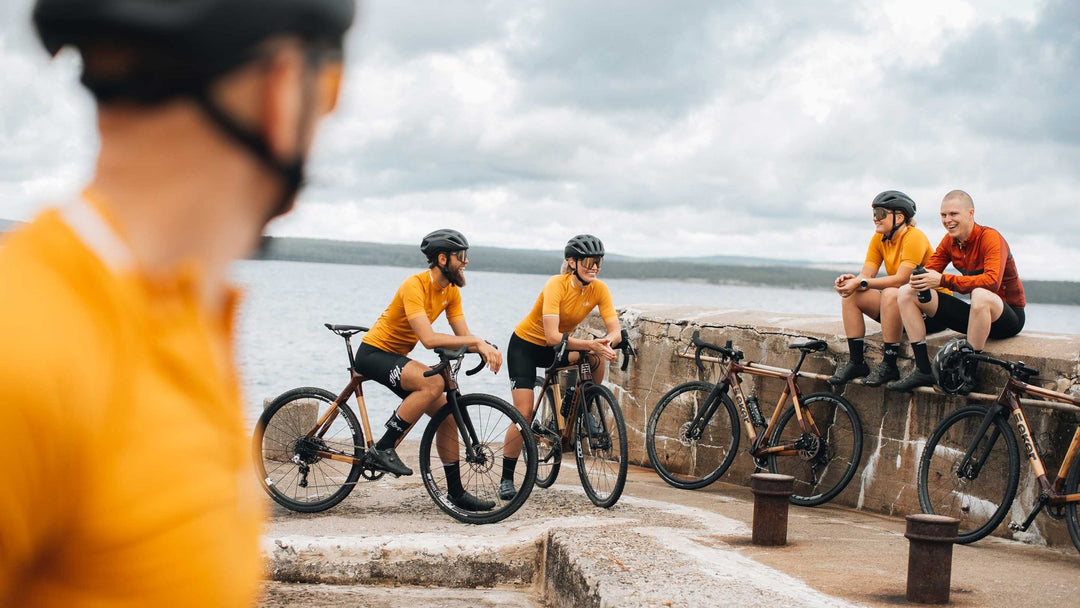


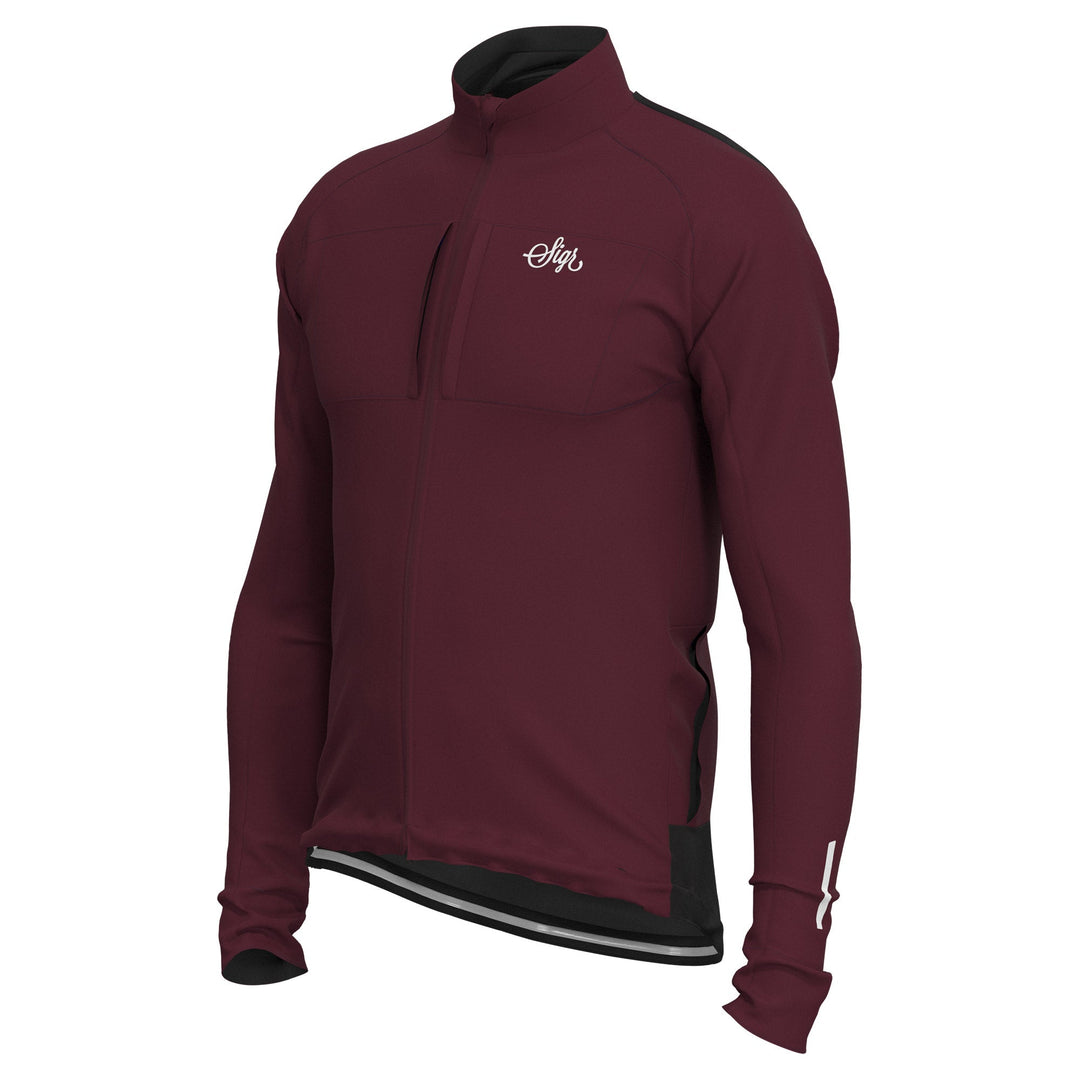
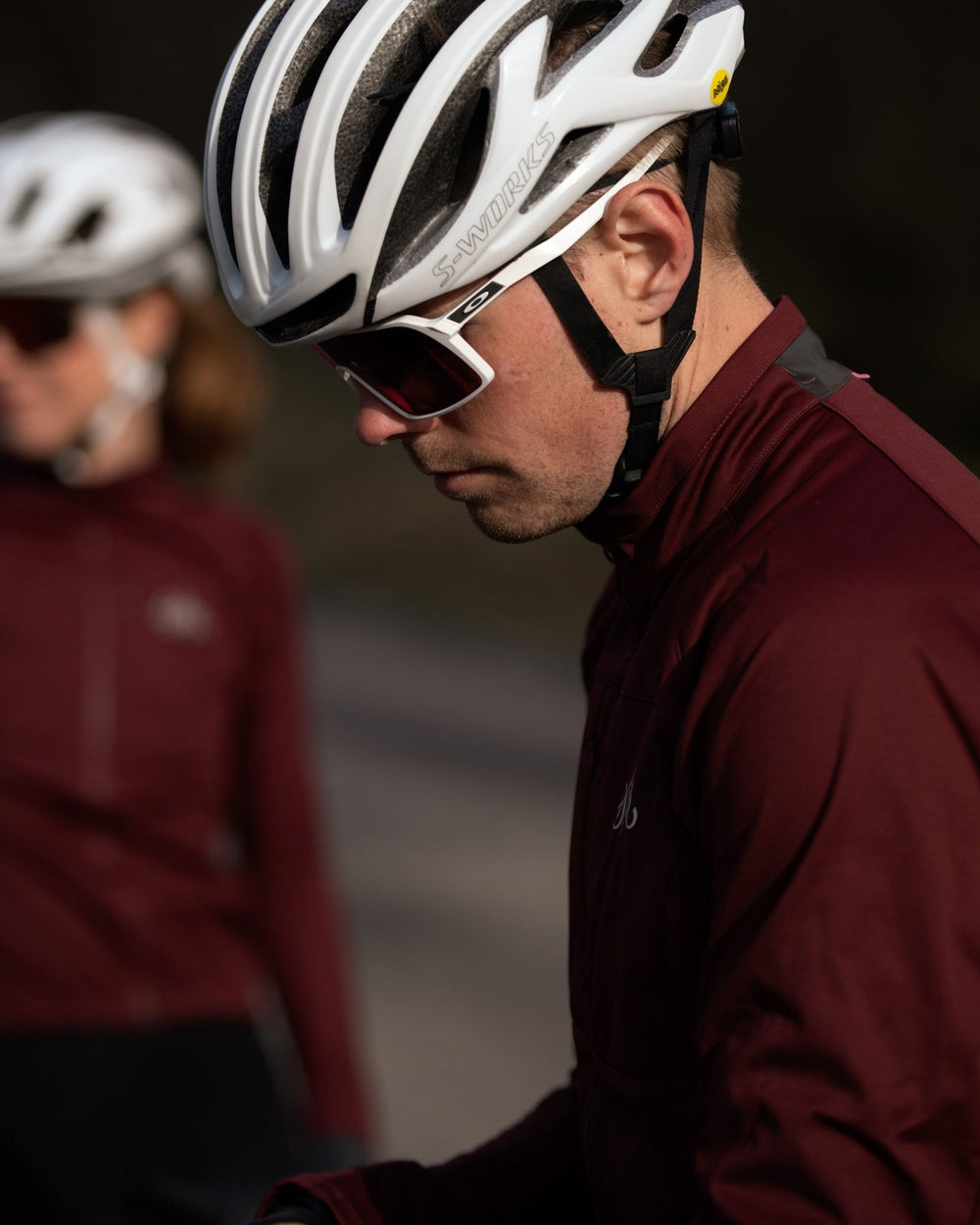

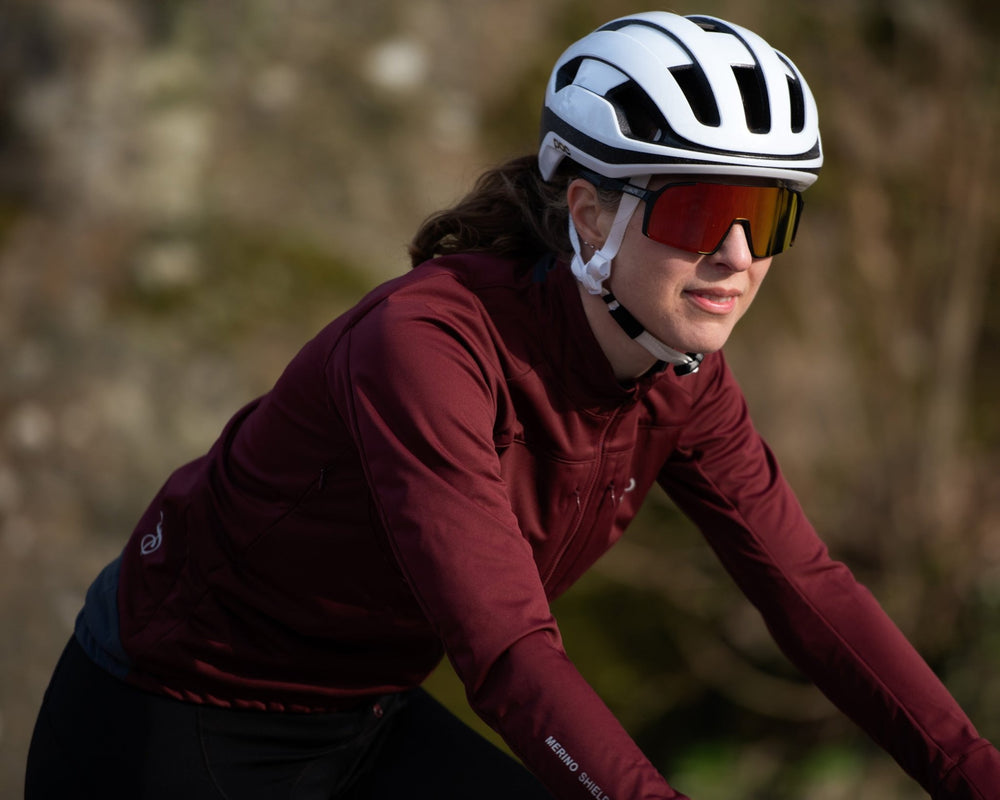
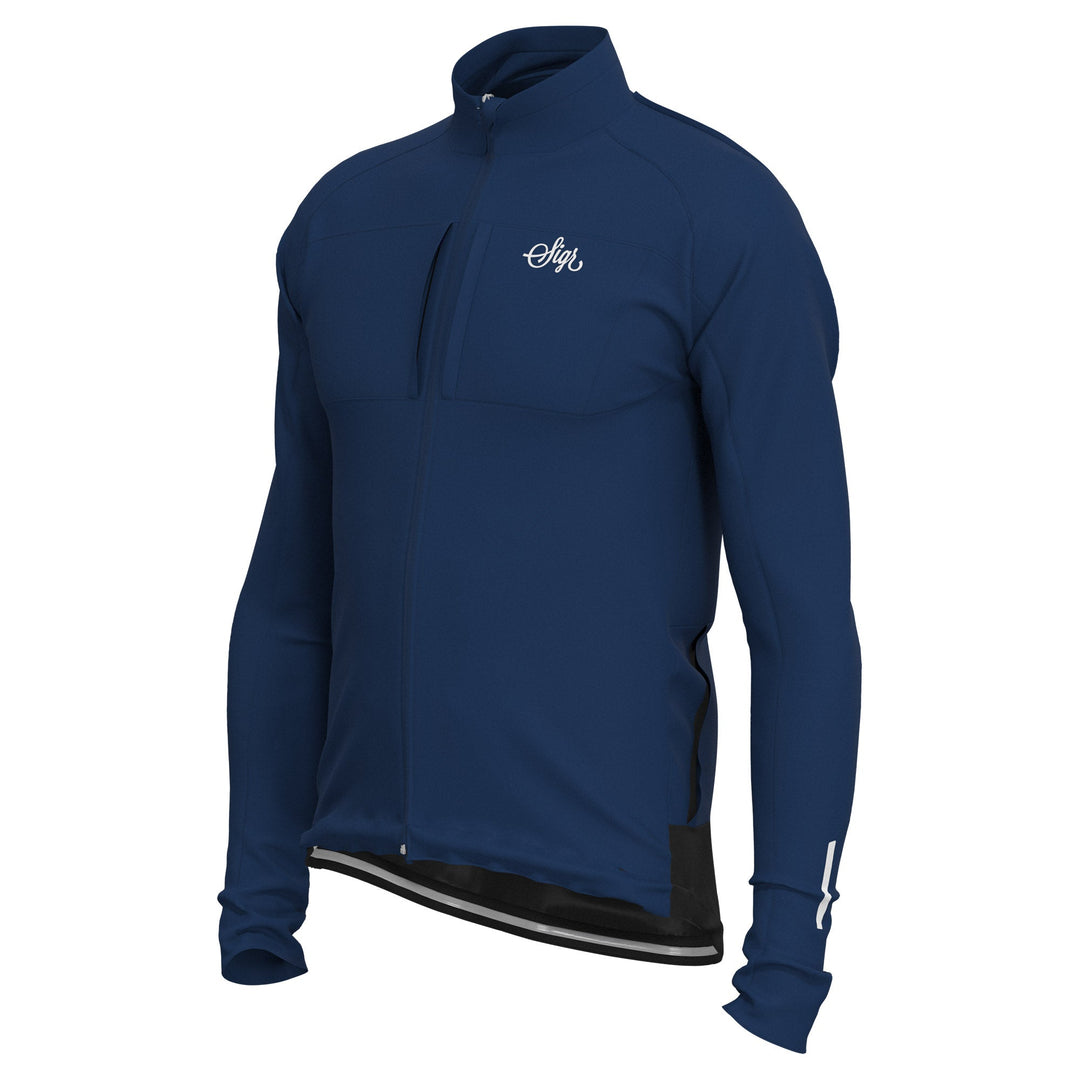
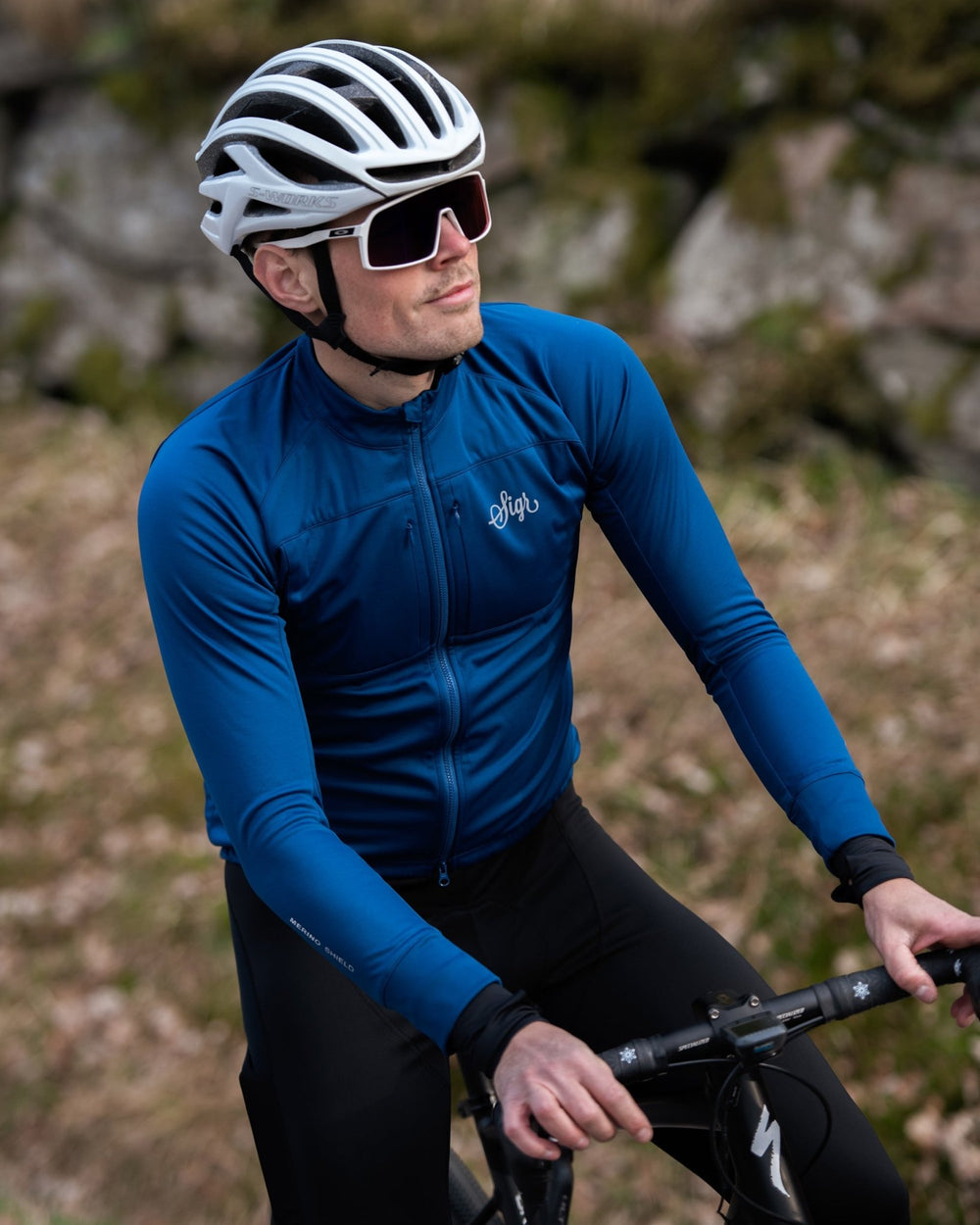

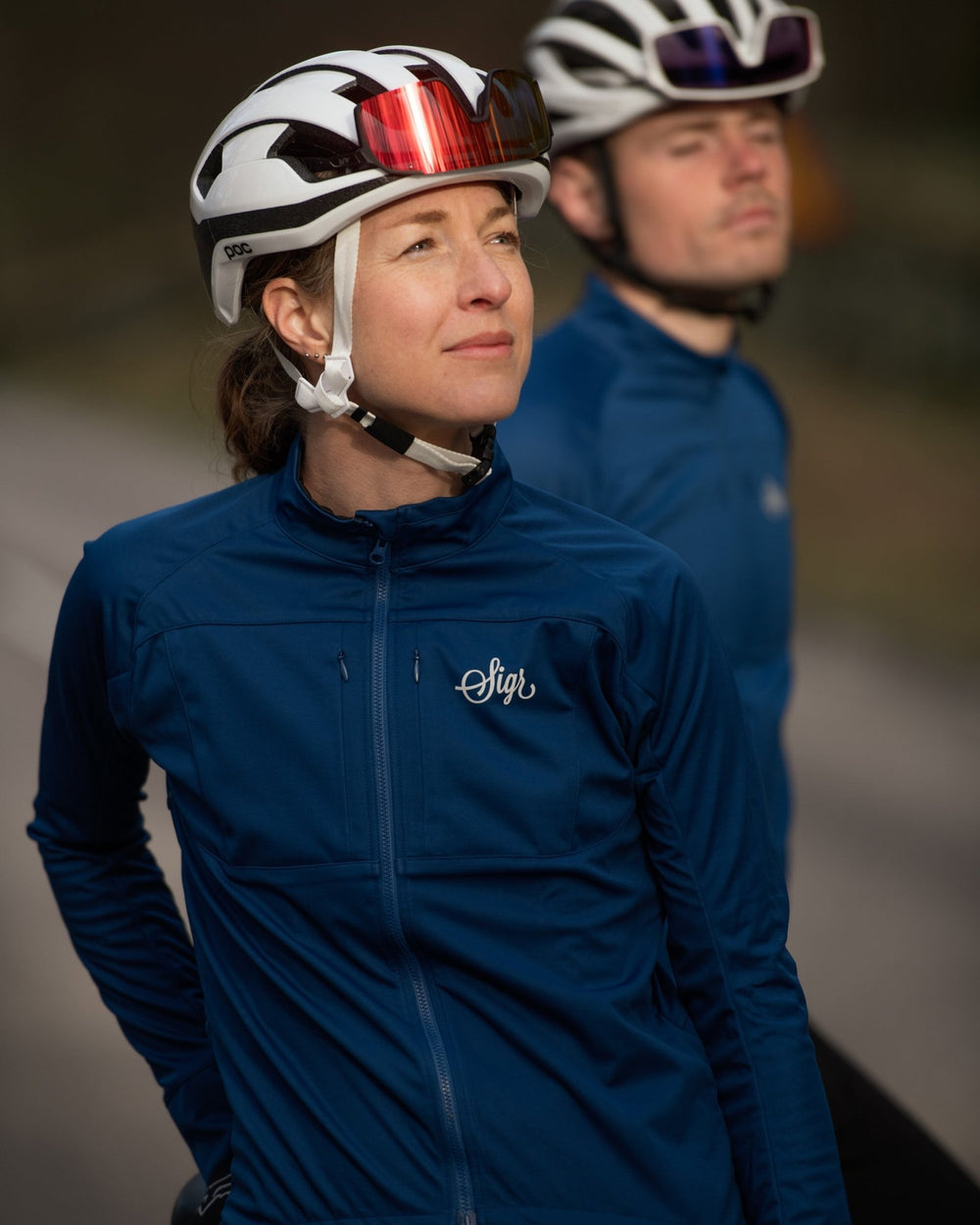
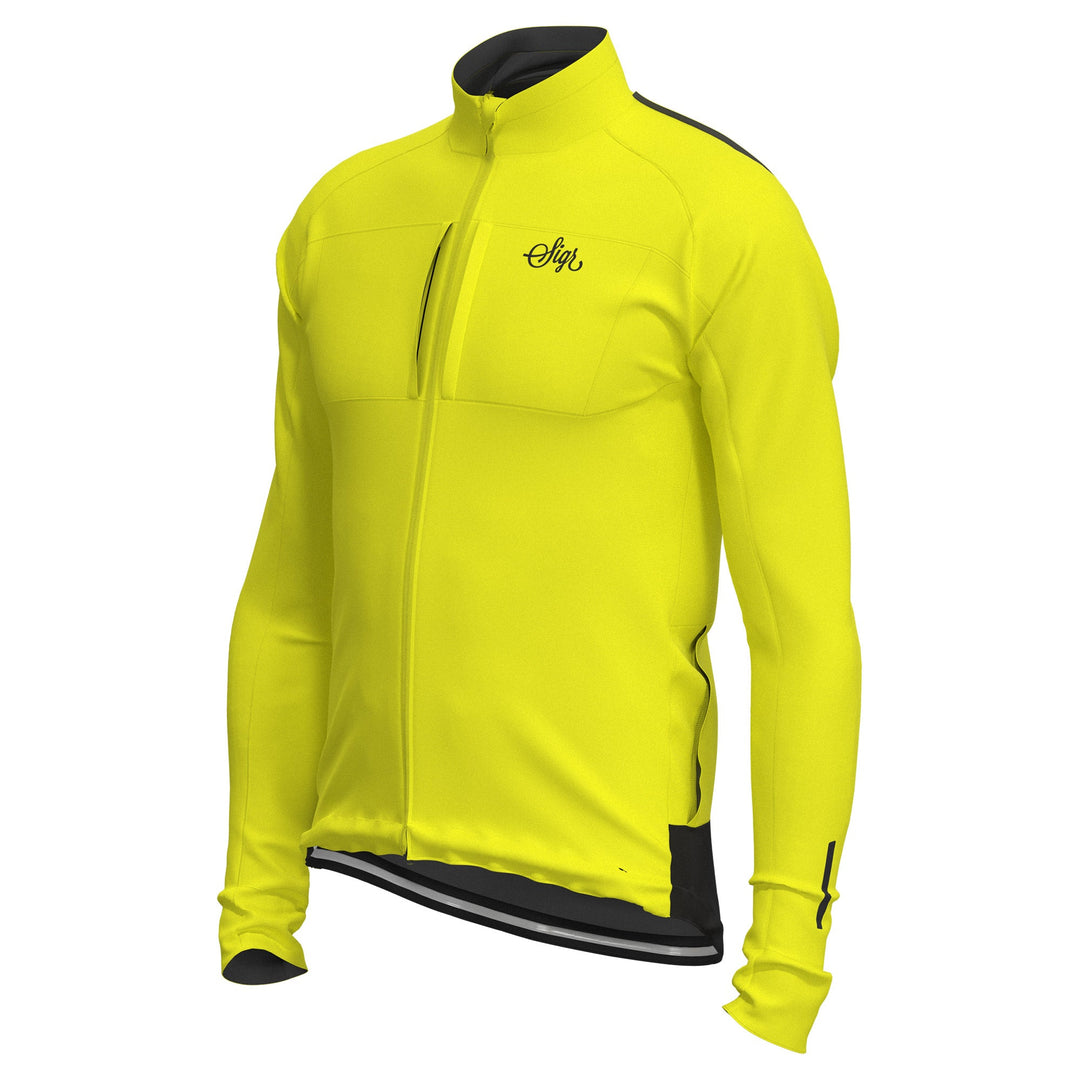
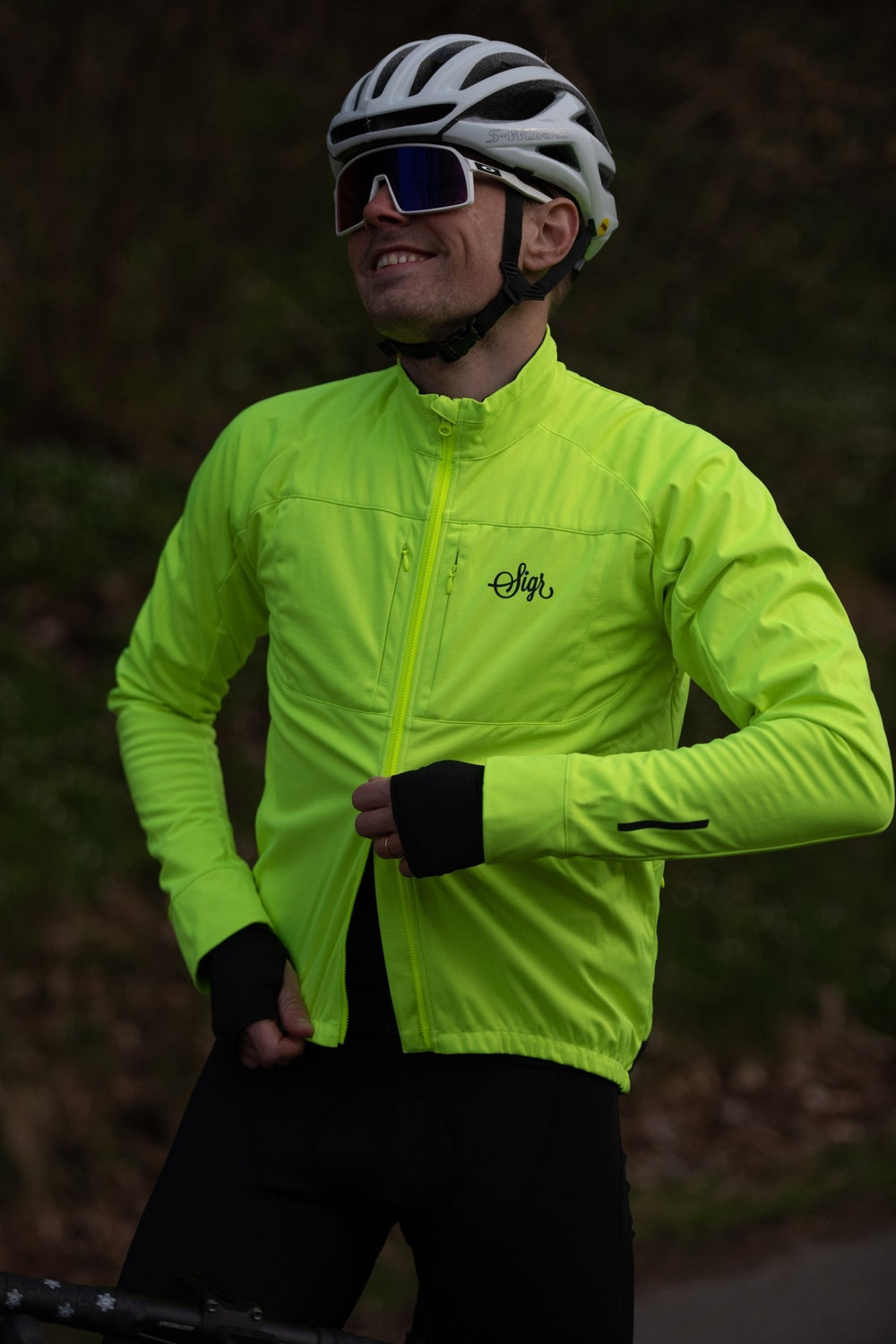
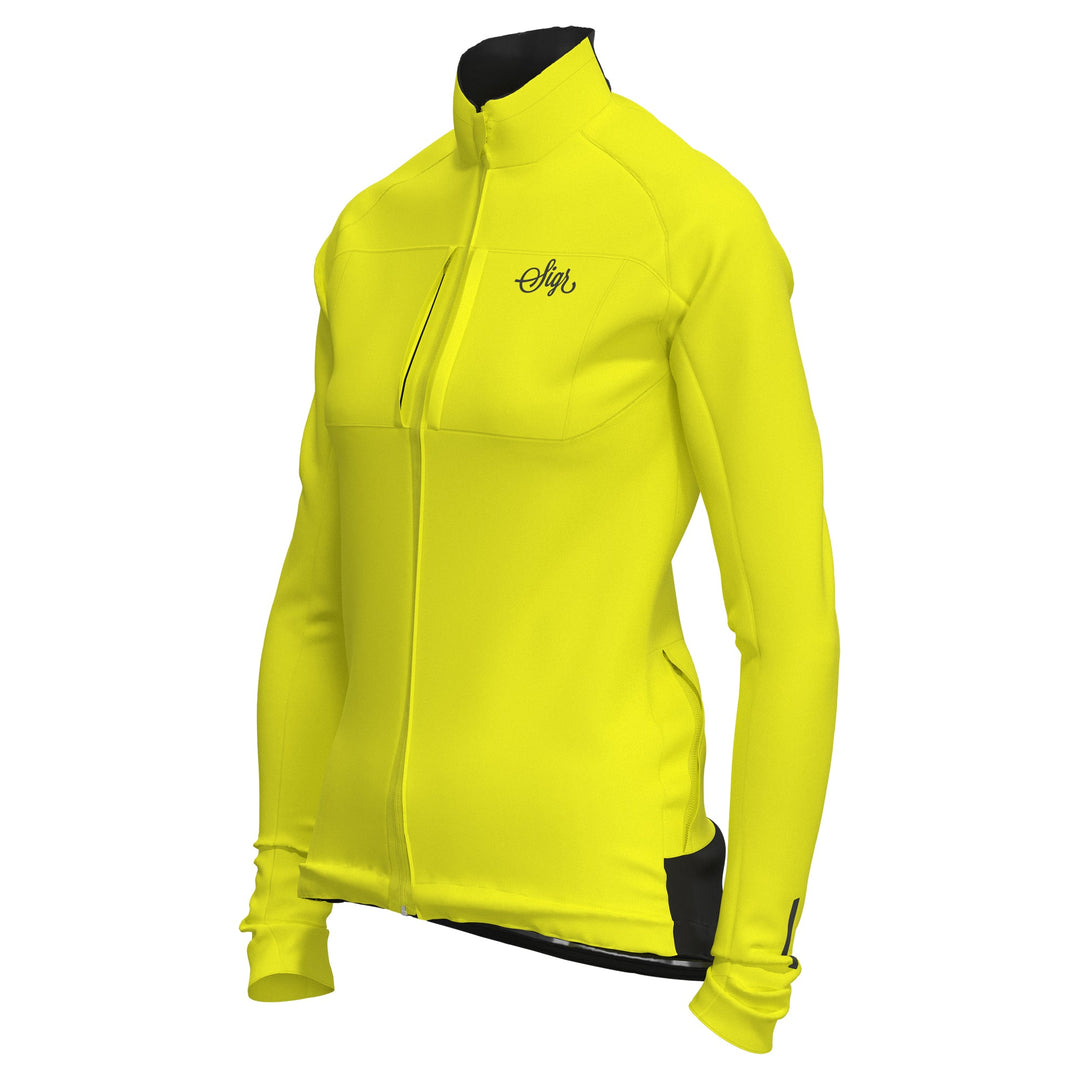
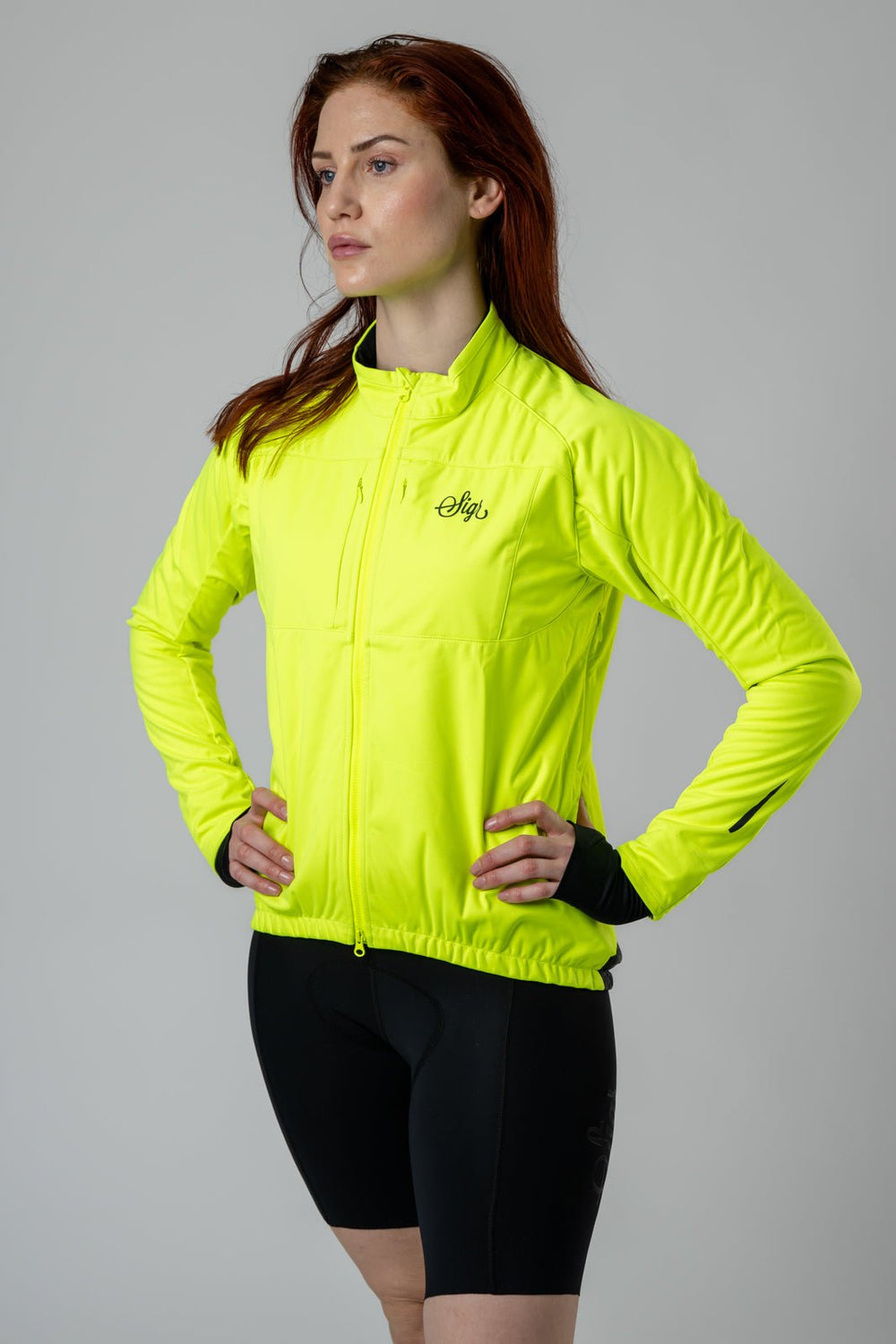
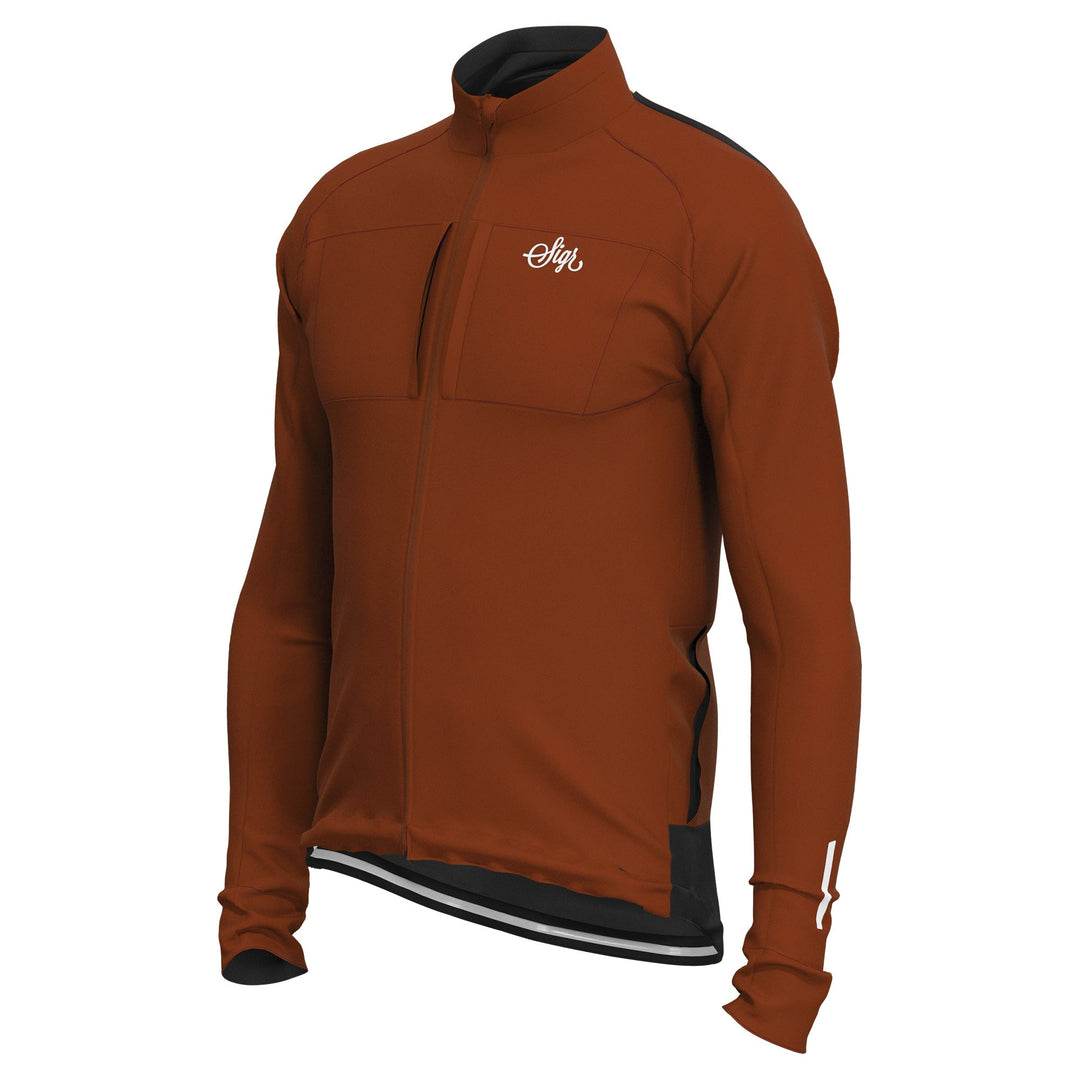
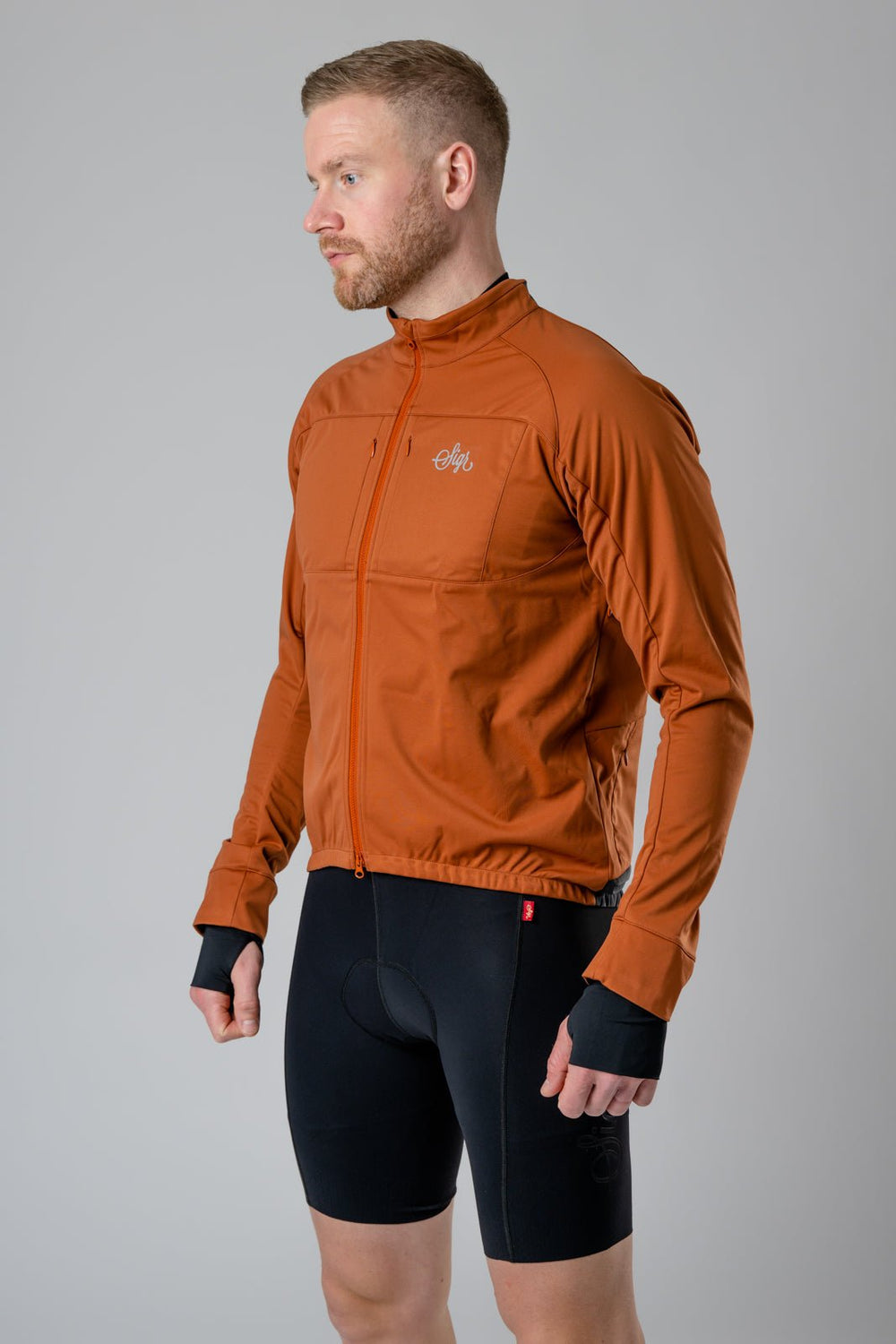

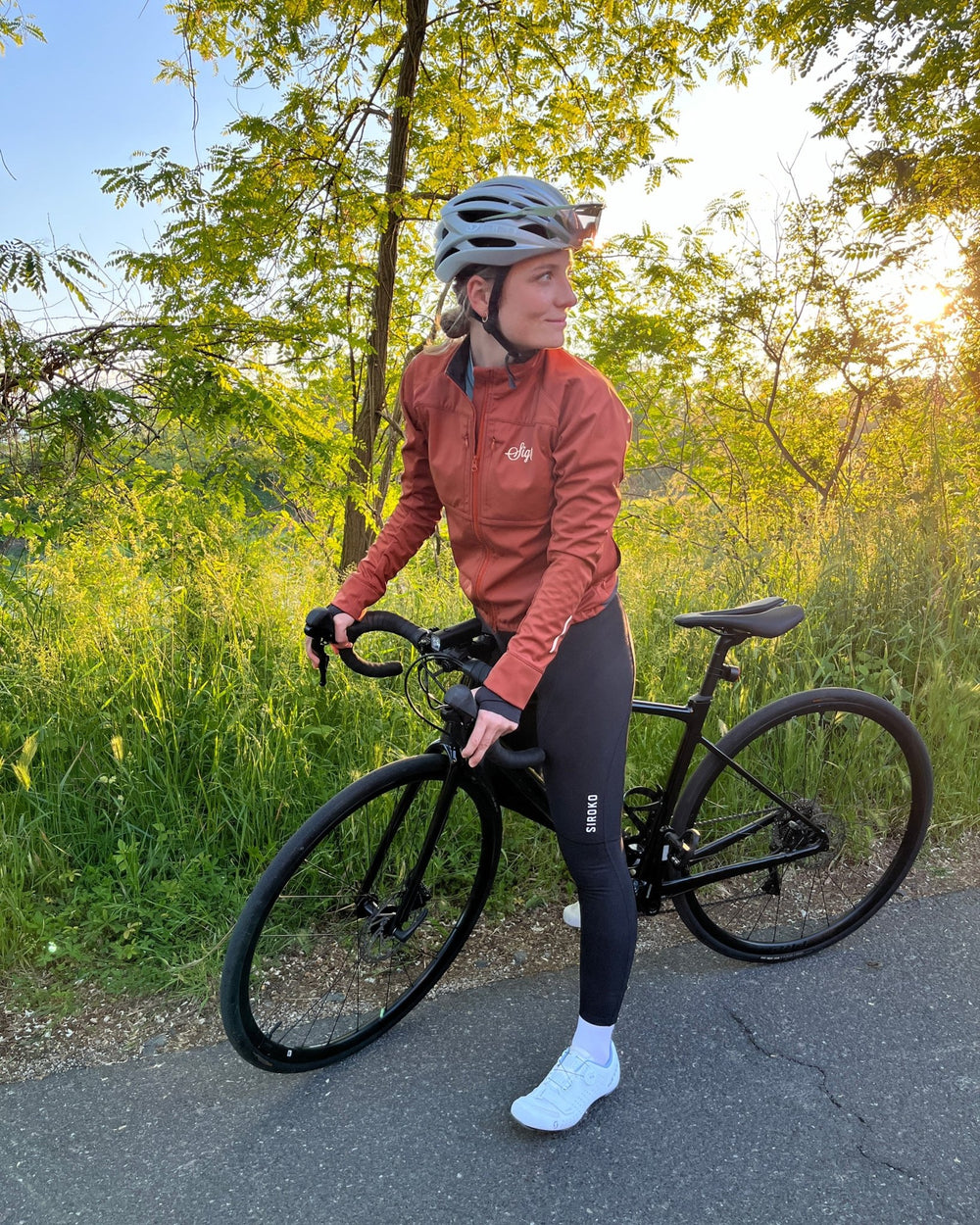
Leave a comment